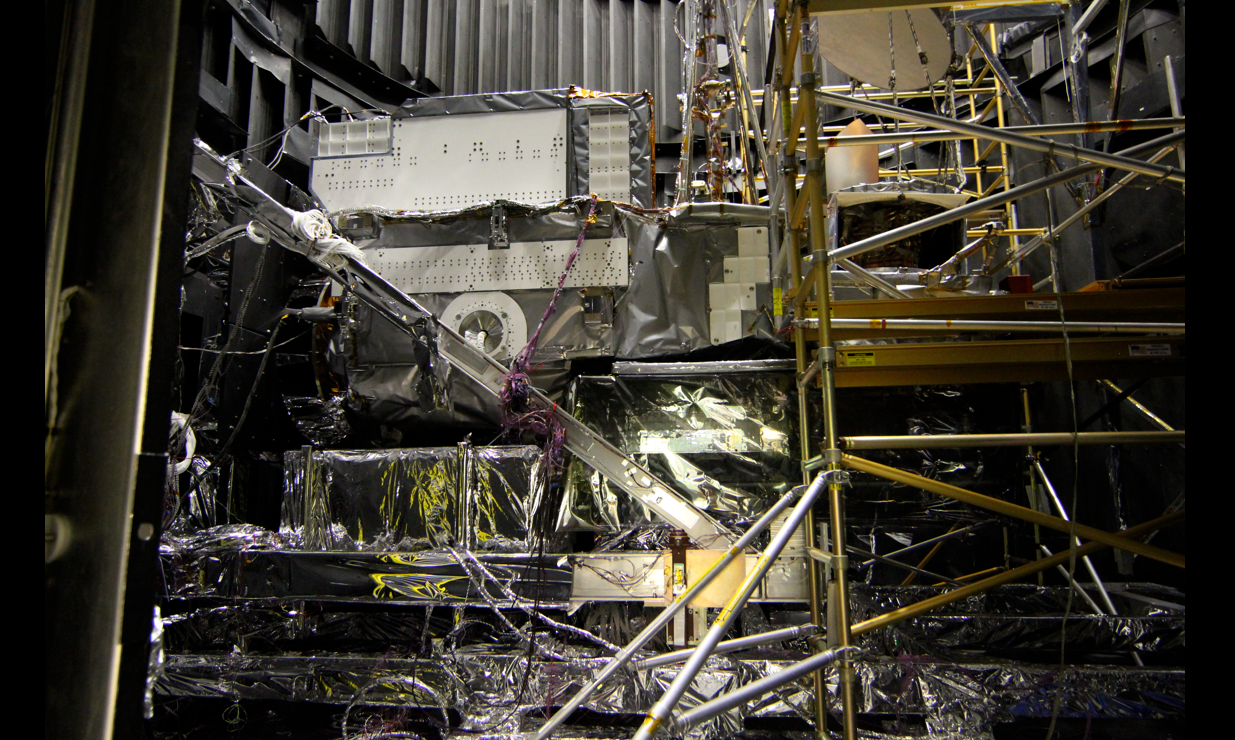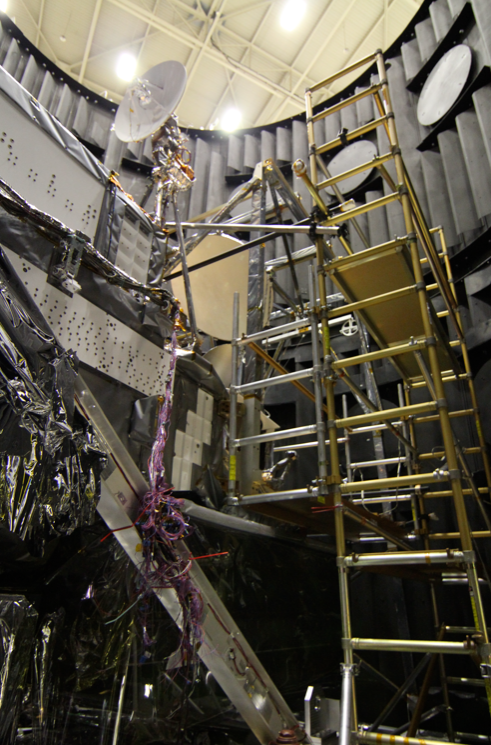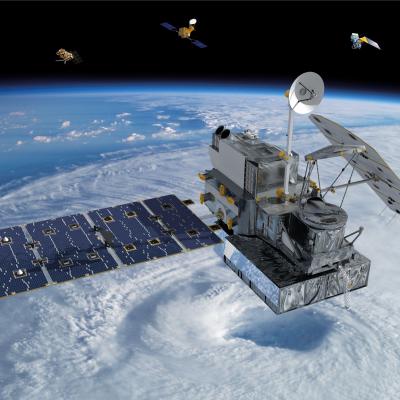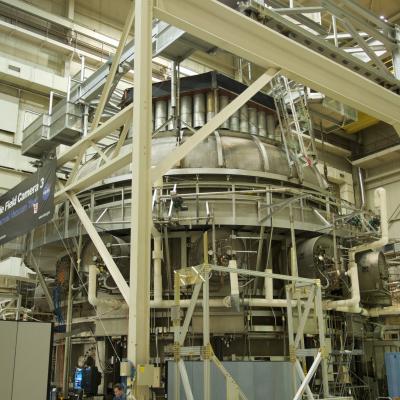GPM Core Observatory
GPM Preparing to Leave the Thermal Vacuum Chamber

GPM Leaving the Thermal Vacuum Chamber

GPM Completes Thermal Vacuum Testing
GPM Exits Thermal Vacuum Chamber
The GPM Core Observatory completed thermal vacuum testing at NASA's Goddard Space Flight Center in Greenbelt, Md. on Jan. 16, 2013. After twelve days to carefully remove the testing equipment, stow the High Gain Antenna and GPM Microwave Imager, and lift the spacecraft out of the thermal vacuum test chamber, the spacecraft was moved back to the clean room on Jan. 28.
GPM Launch Animation
This animation shows the launch and deployment of the GPM Core Observatory. GPM is scheduled to launch in 2014 on an H-IIA rocket in Japan.
GPM Continues Environmental Testing
GPM Core Observatory Enters TVAC Chamber
On Tuesday Nov. 13, 2012, the GPM observatory moved from the clean room to the thermal vacuum chamber. The spacecraft, wrapped in protective blankets, made the short trip by crane across the testing facility where it was then lowered into the 40-foot test chamber.



